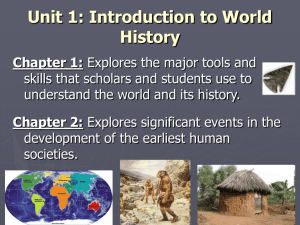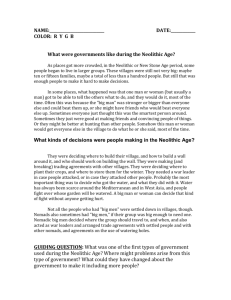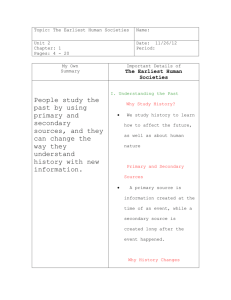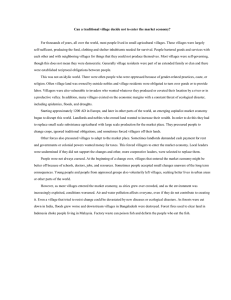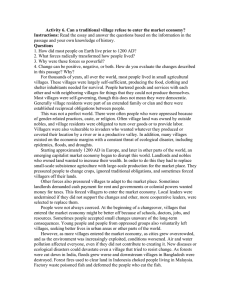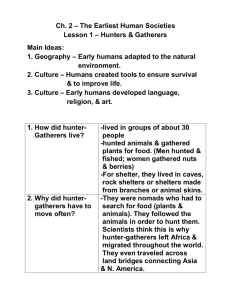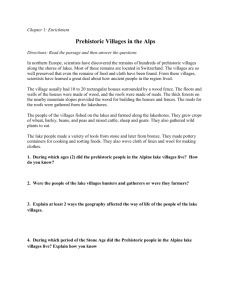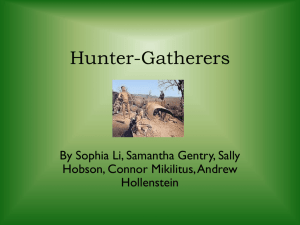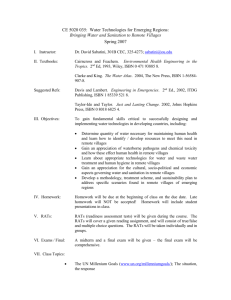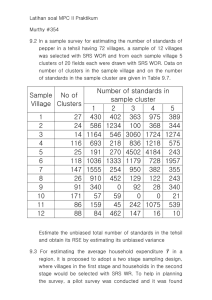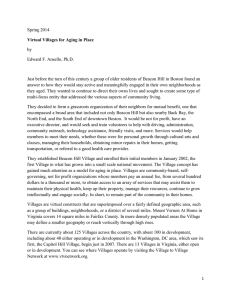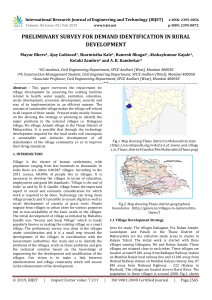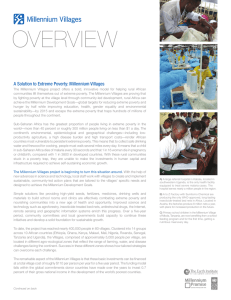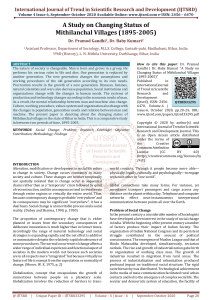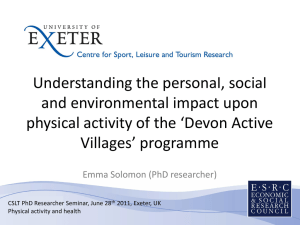Earliest Human Societies
advertisement
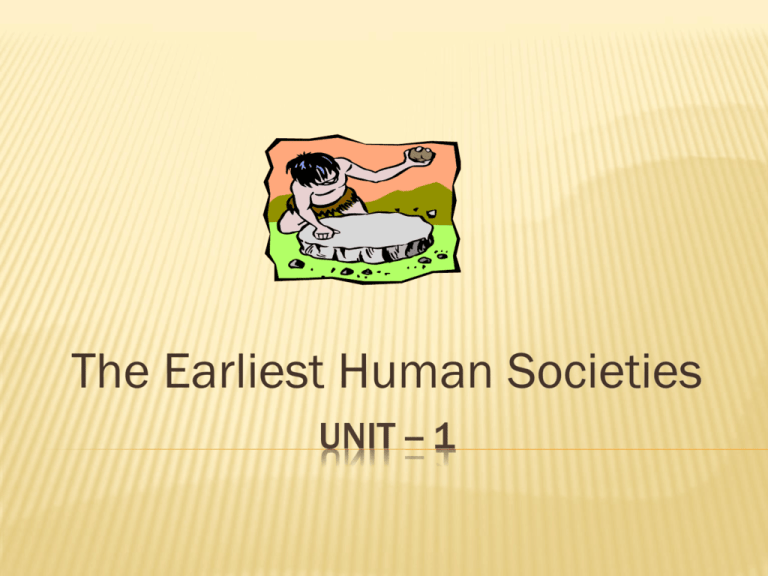
The Earliest Human Societies UNIT -- 1 EARLY HUMANS WERE HUNTER-GATHERERS a. b. c. d. Hunter- gatherers: hunted and gathered their food. When a hunter-gatherer ran out of food they would move to another location.NOMADS Early humans would use their natural environment for shelter. They lived in bands of 30 or more people. RESPONSIBILITIES OF EARLY PEOPLE Men: hunted and fished Women: gathered foods- nuts and berries, cared for the children Children: worked with their parents, hunting or gathering HUNTER-GATHERERS AS NOMADS a. b. c. Hunter-gatherers were nomads, people who moved from place to place The act of moving from one place to settle in another is called migration Migrating to territory with others already there: Good: Knowledge and tools shared Bad: violent- when feeling threatened USING TECHNOLOGY IS IMPORATANT Made work easier b. Gave them more control over their environment c. Help set the stage for a more settled way of life. a. DEVELOPING CULTURE Main elements of pre-historic culture: i. Language ii. Religion iii. Art BEGINNINGS OF AGRICULTURE a. b. c. d. By 8000 B.C. early humans had learned to modify the environment by growing plants and raising animals. PRODUCERS Humans had to learn to domesticate animals and plants. Shift from food gathering to food producing is known as the Agricultural Revolution What changes did the Agricultural Revolution bring about? i. tools: created better tools to do more work, ex. Hoes, plows, sickles Ii. Tehnology: Improvements made agriculture humans’ most important food source THE FIRST COMMUNITIES I. Settlements begin: a. When looking for a place to settle people would find a place located close to rivers. b. Irrigation systems and fertile soil allowed villages to develop. The First Communities II. Villages: a. What were some of the advantages that villages provided? i. more food ii. Safer b. Disadvantages of living in a village i. fire ii. Disease iii. flood THE FIRST COMMUNITIES III. Simple Villages grow more complex: a. What two things led to the growth of villages? i. Surplus- more than what is needed ii. Specialization – skill in one kind of work. b. People trained in a skill or craft are called: artisans. i. carpenters iii. Cloth makers ii.toolmakers iv. potters THE FIRST COMMUNITIES Villages cont. c. Specialization also led to social class, a group of people with similar customs, backgrounds or training. d. government developed to keep order and settle disputes. e. Life in a complex village has a larger population and greater supply of skills, ideas and needs. THE FIRST COMMUNITIES IV. Catal Huyuk is an example of a complex village. a. Remains were found in present day Turkey that date back to at least 9000 years. b. They developed special skills such as making tools and luxury items. c. They became the center of trade, culture and influence.

